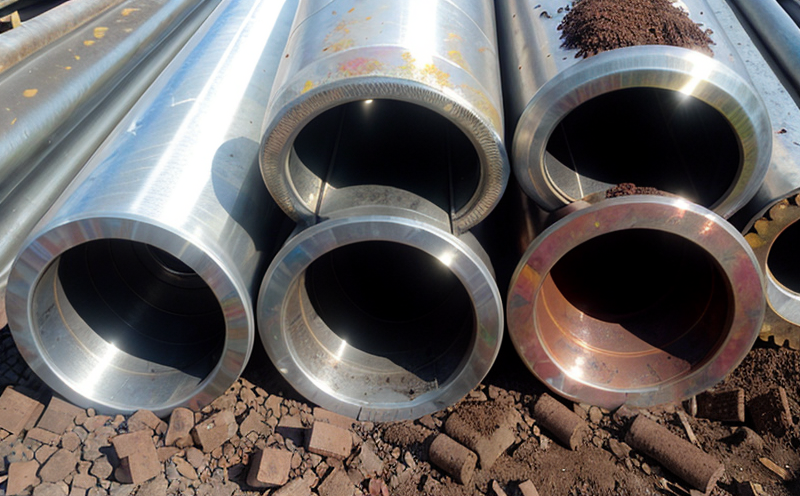CPSIA Toxic Elements in Metal Jewelry for Kids
The Consumer Product Safety Improvement Act (CPSIA) is a landmark piece of legislation that has significantly influenced product safety standards, particularly for toys and children’s products. One critical aspect covered by CPSIA is the restriction on toxic elements in metal jewelry intended for kids. This requirement ensures that products comply with international health and safety standards to protect young consumers from harmful substances.
Non-ferrous metals are widely used in manufacturing jewelry due to their aesthetic appeal, durability, and resistance to corrosion. However, certain non-ferrous metals can contain toxic elements such as lead, cadmium, chromium, and mercury if not properly controlled during production. The CPSIA establishes strict limits on the concentration levels of these elements in metal jewelry intended for children under 12 years old.
This service focuses specifically on detecting trace amounts of toxic elements present within the metal components of jewelry. Our testing ensures that manufacturers meet regulatory requirements set forth by CPSIA, thereby safeguarding public health and enhancing consumer confidence.
Our laboratory utilizes advanced analytical techniques including Inductively Coupled Plasma Mass Spectrometry (ICP-MS), which provides precise measurements even at extremely low concentrations. This method allows us to accurately identify and quantify the levels of specified toxic elements in various metal alloys commonly used in jewelry production.
The CPSIA specifies particular thresholds for lead, mercury, cadmium, hexavalent chromium, antimony, selenium, arsenic, and cobalt. By conducting thorough analyses according to these standards, we can determine whether a given sample falls within acceptable limits or requires further investigation.
Our expertise extends beyond mere compliance; it encompasses understanding the implications of non-compliance for both businesses and consumers. In cases where our tests reveal超标





